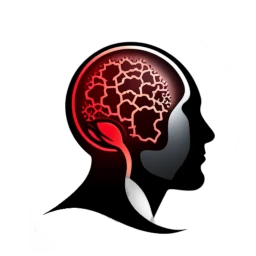Optical Character Recognition (OCR) technology, powered by artificial intelligence, has transformed the way we convert printed or handwritten text into digital formats. In this article, we will explore OCR technology, its applications, and the role of AI in improving accuracy and efficiency.
What is OCR?
OCR, or Optical Character Recognition, is a technology that enables the conversion of text from printed or handwritten documents into machine-encoded text. It allows computers to recognize and process text data from scanned images, photographs, or document files.
How OCR Works:
- Image Preprocessing: OCR software typically starts by cleaning and enhancing the input image to improve text recognition.
- Text Detection: It identifies regions of the image that contain text.
- Character Recognition: OCR software analyzes the shapes and patterns within these text regions to recognize individual characters and words.
Applications of OCR:
- Document Digitization: OCR is used to convert physical documents, such as books and papers, into digital formats, making them searchable and editable.
- Data Extraction: In business, OCR extracts data from invoices, receipts, and forms, automating data entry processes.
- Accessibility: OCR plays a crucial role in making printed or handwritten text accessible to individuals with visual impairments.
AI and OCR:
Artificial intelligence, particularly deep learning models like convolutional neural networks (CNNs), has significantly improved OCR accuracy. AI-based OCR systems can recognize various fonts, languages, and even handwriting styles.
Challenges and Advances:
- Handwriting Recognition: Recognizing handwritten text remains challenging, but AI-driven OCR is making significant progress.
- Multilingual Support: Advances in AI have improved OCR’s ability to handle multiple languages.
- Real-time OCR: AI-powered OCR solutions are becoming faster, enabling real-time text recognition in applications like mobile translation apps.
OCR, combined with AI, has opened up new possibilities in document management, data extraction, and accessibility. As technology continues to advance, OCR systems are expected to become even more accurate and versatile.

